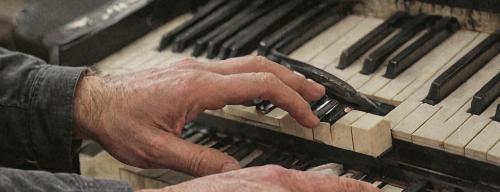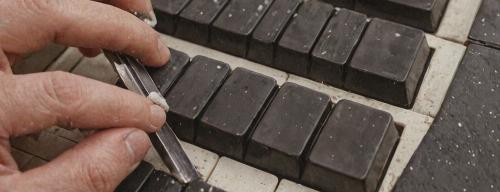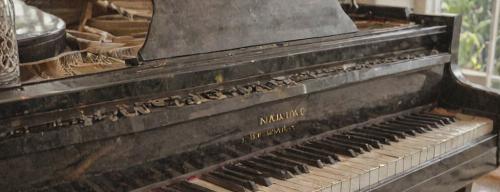Understanding the relationship between humidity levels and piano health is crucial for every piano owner. Fluctuating moisture levels can cause significant damage to your instrument's wooden components, affecting both sound quality and structural integrity.
The Science Behind Piano and Humidity
Pianos are primarily constructed from wood, which naturally expands and contracts with moisture changes. The soundboard, made from carefully selected spruce, is particularly sensitive to these fluctuations. When humidity levels rise above 65%, wood swells, causing pitch to rise and potentially leading to cracked soundboards. Conversely, humidity below 40% causes wood to shrink, lowering pitch and creating gaps in joints.
Optimal Humidity Range
The ideal humidity range for pianos is 45-55%. This range provides stability for wooden components while maintaining optimal string tension. Professional concert halls maintain this range year-round to protect their valuable instruments.
Seasonal Challenges
Winter heating systems often reduce indoor humidity to 25-30%, while summer can bring levels up to 70-80%. These dramatic swings require proactive management through humidifiers, dehumidifiers, or piano-specific climate control systems.
Professional Recommendations
We recommend installing a digital hygrometer near your piano to monitor conditions. For valuable instruments, consider a Dampp-Chaser piano climate control system, which automatically maintains proper humidity levels year-round.



